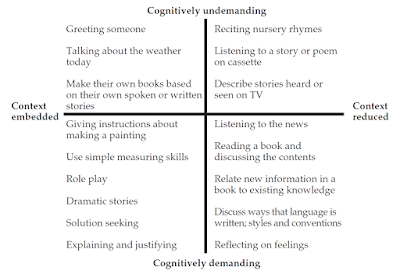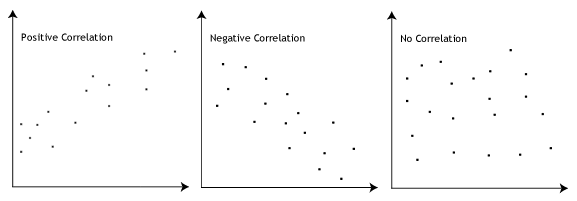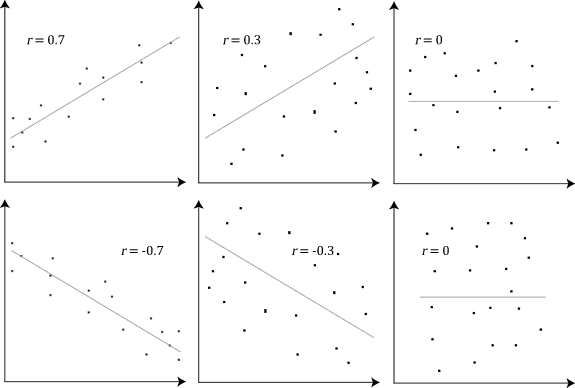From ThoughtCo:
Positivism describes an approach to the study of society that specifically utilizes scientific evidence such as experiments, statistics, and qualitative results to reveal a truth about the way society functions. It is based on the assumption that it's possible to observe social life and establish reliable knowledge about its inner workings.
Positivism describes an approach to the study of society that specifically utilizes scientific evidence such as experiments, statistics, and qualitative results to reveal a truth about the way society functions. It is based on the assumption that it's possible to observe social life and establish reliable knowledge about its inner workings.
Positivism also argues that sociology should concern itself only with
what can be observed with the senses and that theories of social life
should be built in a rigid, linear, and methodical way on a base of
verifiable fact. Nineteenth-century French philosopher Auguste Comte
developed and defined the term in his books "The Course in Positive
Philosophy" and "A General View of Positivism." He theorized that the
knowledge gleaned from positivism can be used to affect the course of social change and improve the human condition.
The Queen Science
Initially, Comte was primarily interested in establishing theories
that he could test, with the main goal of improving our world once these
theories were delineated. He wanted to uncover natural laws that could
be applied to society, and he believed that the natural sciences, like
biology and physics, were a stepping stone in the development of social
science. He believed that just as gravity is a truth in the physical
world, similar universal laws could be discovered in relation to
society.
Comte, along with Emile Durkheim, wanted to create a distinct new field with its own group of scientific facts. He hoped that sociology would become the "queen science," one that was more important than the natural sciences that preceded it.
Five Principles of Positivism
Five principles make up the theory of positivism. It asserts that the
logic of inquiry is identical across all branches of science; the goal
of inquiry is to explain, predict, and discover; and research should be
observed empirically with human senses. Positivism also maintains that
science is not the same as common sense, and it should be judged by
logic and remain free of values.
From Wikipedia:
Positivism is a philosophical theory stating that certain ("positive") knowledge is based on natural phenomena and their properties and relations. Thus, information derived from sensory experience, interpreted through reason and logic, forms the exclusive source of all certain knowledge. Positivism holds that valid knowledge (certitude or truth) is found only in this a posteriori knowledge.
Verified data (positive facts) received from the senses are known as empirical evidence; thus positivism is based on empiricism.
Positivism also holds that society, like the physical world, operates according to general laws. Introspective and intuitive knowledge is rejected, as are metaphysics and theology because metaphysical and theological claims cannot be verified by sense experience. Although the positivist approach has been a recurrent theme in the history of western thought, the modern approach was formulated by the philosopher Auguste Comte in the early 19th century. Comte argued that, much as the physical world operates according to gravity and other absolute laws, so does society, and further developed positivism into a Religion of Humanity.
From Wikipedia:
Positivism is a philosophical theory stating that certain ("positive") knowledge is based on natural phenomena and their properties and relations. Thus, information derived from sensory experience, interpreted through reason and logic, forms the exclusive source of all certain knowledge. Positivism holds that valid knowledge (certitude or truth) is found only in this a posteriori knowledge.
Verified data (positive facts) received from the senses are known as empirical evidence; thus positivism is based on empiricism.
Positivism also holds that society, like the physical world, operates according to general laws. Introspective and intuitive knowledge is rejected, as are metaphysics and theology because metaphysical and theological claims cannot be verified by sense experience. Although the positivist approach has been a recurrent theme in the history of western thought, the modern approach was formulated by the philosopher Auguste Comte in the early 19th century. Comte argued that, much as the physical world operates according to gravity and other absolute laws, so does society, and further developed positivism into a Religion of Humanity.













